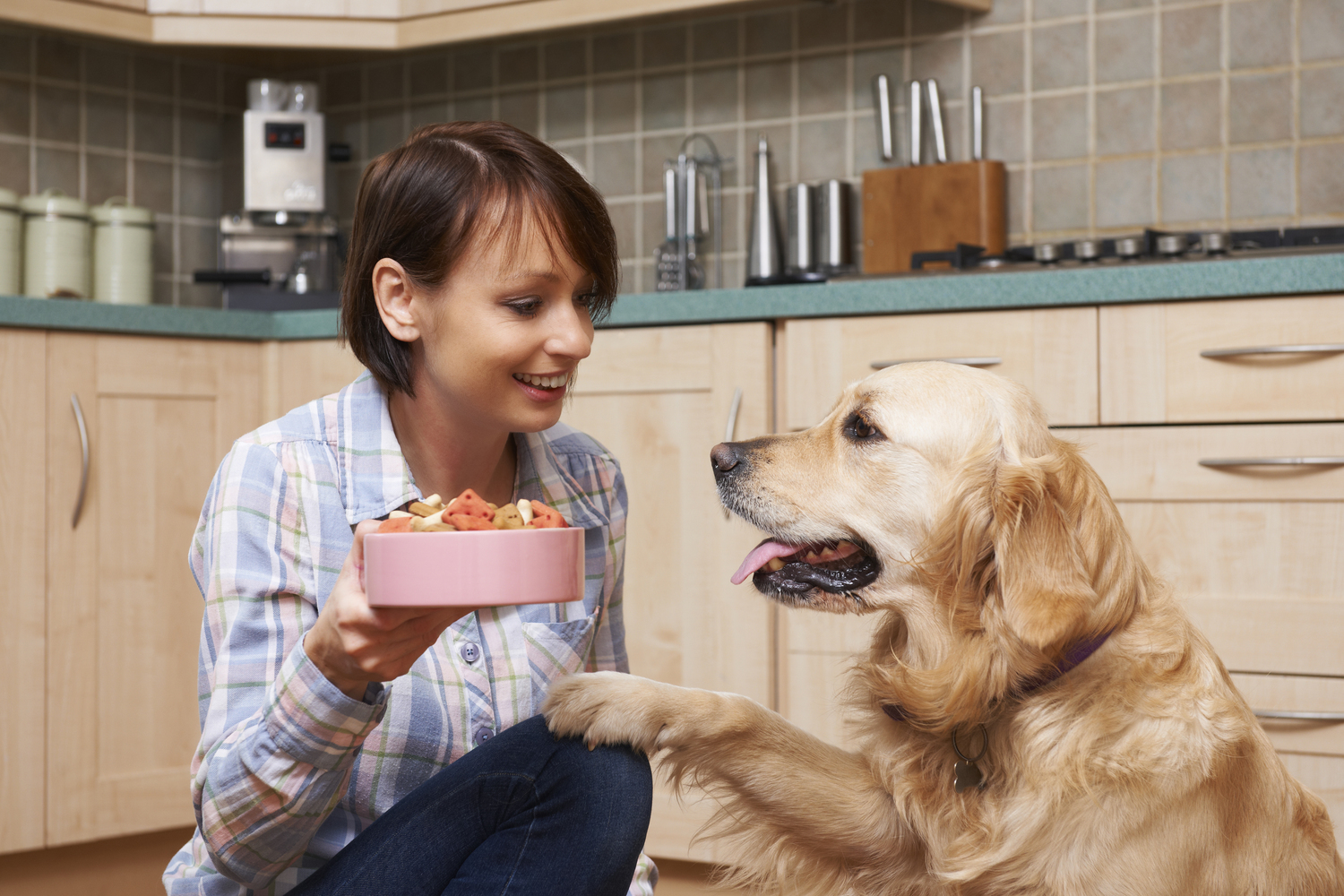
Tips for Finding a Healthy Dog Food
In the same way that we as humans try our best to keep a healthy lifestyle, our dogs trust us to make the same choices on their behalf. It may seem daunting, yet it is a small step to ensure them long, happy, and healthy lives. Still, we must remember that no dog, like no human is exactly alike in their dietary needs, so it may be helpful to have some pointers at hand to help us determine what’s best for our pups:
1. From pup to leader of the pack
Throughout a dog’s life, their nutritional needs will gradually change. Whereas a younger dog will often require “puppy food” which balances dry kibble and moist high protein dog foods to provide adequate protein and vitamins to encourage the growth of essential systems (bones, muscles, and internal organs), older dogs need less but higher quality protein foods which will discourage weight gain, but still provide adequate nutrients for muscle retention. In addition, as a dog grows older, health issues such as arthritis may take hold, the effects of which can be somewhat offset by foods that feature a compound like glucosamine.
2. Preventing pupper pudge
Speaking of sugars, one of the most important parts of keeping a dog’s diet balanced is to limit access to the fattier proteins and sweeter treats. No matter how young or old your dog is, bad dietary habits can eventually lead to problems with obesity, which can quickly set in motion even more serious issues with your dog’s bones and internal organs—specifically the kidneys and heart. Diet dog food brands are in abundance on store shelves, and many promise lower fat content, though may in turn include excessive carbohydrate and fiber content that may cancel out the benefits of the low fat content. In general, foods with higher and leaner proteins are preferable. And in extreme cases where weight loss is paramount, there are options that incorporate more natural ingredients in their recipe, those these brands can sometimes be pricey and hard to find.
3. The evolved pup palette
Over the years, dog owners have moved past the days of giving the family dogs their dinner leftovers as well as the trend of 100% meat diets. Today, some dog owners have experimented with grain or gluten free dog food. Some pet owners may even feel a closer bond with their four legged companions if they both share a similarly restricted diet. Though experts are split on the effectiveness of such diets; One side arguing that the canine ancestor’s diet didn’t require gluten, while the other argues that there is no concrete evidence of the harmful effects of gluten across a cross-section of contemporary dog breeds, it eventually comes down to how well their pet responds to such a diet. There are some circumstances where a gluten-free or grain-free diet is required due to allergies, but in general there are no overwhelmingly scientifically backed positives or negatives in favor or against this choice.
4. Foods for growth and development
Though many dogs will come running to their bowl no matter what is being served, it is important to remember that as an equal member of your family, your dog deserves not only the tastiest eats, but the ones that will benefit their growth and health. There are near endless choices and customized cuisines out there for a dog owner to navigate. Some may benefit your pup in different stages of their lives. But finding foods that will cause them to clean their food dish, while still providing them important nutrients needed to ensure that they are always ready for a walk around the neighborhood, is possible if the right amount of care is taken.


